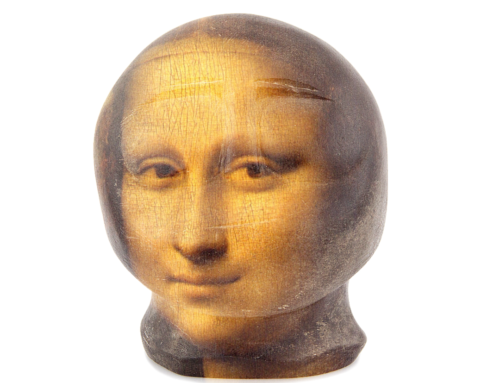
This butterfly on display at the botanical gardens of Asheville, N.C. is constructed out of 60,549 Lego pieces.
Here’s irony worthy of thought: there’s truth in numbers. Really? Maybe.
We consider numbers objective – 8 is 8, not 7 or 9 – an expression of reality, a substitute for making our relative lives seem absolute by creating an ephemeral truth. But a number is abstract. Why not accept that? We can’t touch or see or assign a color to a number. A number, any number, is neither large nor small: it’s a relative size. One day is an eternity for a young child to wait for a present, but it’s a non-existent blink in evolution that gave rise to that child; one second is more lifetimes than I can imagine for some elementary particles, but it’s essentially meaningless for our lives. Yet, we say, “I’ll be there in a second.” Really?
Am I speaking in riddles, accelerating to get nowhere? Perhaps. But how many times have you heard (especially in this election year), “she’s a 7,” or even more extraordinary, and very rarely, “she’s a 10!” The doctor asks you to rate your pain between 1 and 10. How ridiculous to pinpoint desirability or pain with a number, which is subjectively different for each person?
Here’s a possibility: numbers are like a frame for a picture and a rung in the ladder of our lives. A framed picture allows us to decide where we can display it; standing on a rung of a ladder defines our place in the world, who is below us and who is above. It structures our lives.

The Butterfly Garden of the Vanderbilt Estate
Last week I visited Biltmore, the formidable estate of George Vanderbilt in Asheville, North Carolina. To say it is a grand estate, large and magnificent, gives limited knowledge. But to say his estate is on 8,000 acres (originally 125,000 acres) and the mansion has 250 rooms – now you get a feel for the place. The image is getting framed. For landscaping, he planted 3 million trees. That’s a forest, no longer a garden, and it’s because of the number.
To make the land fertile for all his trees, he installed a dairy farm to get fertilizer. That’s interesting, but unless I tell you how many cows were on the land, you don’t know much, and I don’t know how many cows he had. I lack the number; it’s a hole in my concept of his reality. It seems strange that the number of cows would be more informative – at least more impressive – than the idea of raising cattle to fertilize his land.

View of the grounds of the Vanderbilt estate in Asheville with the mansion in the background (Photos by Joram Piatigorsky)
Numbers impress: I also visited the botanical gardens in Asheville (separate from the Vanderbilt estate) where they have scattered here and there animals made from Lego. One was a butterfly. It was beautiful, but what impressed me was that it was made from 60,549 Lego pieces!
There may be relatively little difference in skill between football or baseball teams, but we are in awe of the number one team, the winner on top of the ladder. But what if the same teams played each other without generating a hierarchy. There would be no structure, and sadly, we would lose interest. Exhibition games are not exciting. Who cares? There’s no number connected with the outcome. Even in art, a non-competitive activity, or should be, we insist on creating a hierarchy of value or importance by the price paid for the piece. Auctions are exciting because of the amount of money someone is willing to pay for an object. The object itself has limited interest in comparison.
It’s all about abstract numbers bending and framing and creating an objective reality from a subjective world. Without numbers, which have no intrinsic value, we would be living different lives with different values and different goals and, perhaps, different concepts of happiness.






Leave A Comment